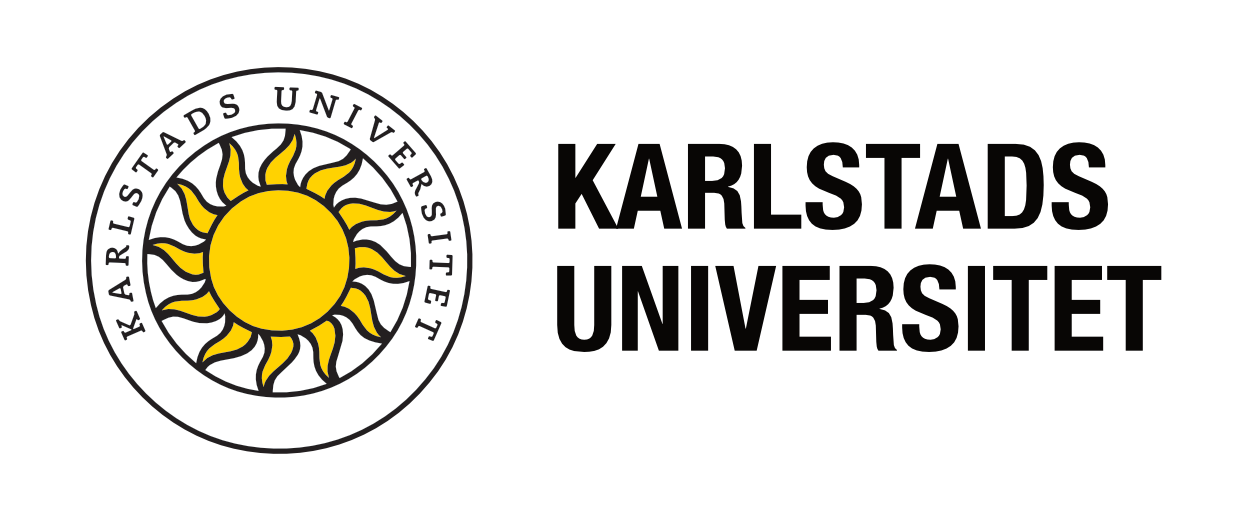Constructive Alignment (CA) is a model for designing educations in higher education. This is how you apply it, step by step.
The model was suggested by Biggs (1996) and is described in detail by Biggs and Tang (2011) in the textbook Teaching for quality learning at university: what the student does. The model has three main components:
- Intended Learning Outcome (ILO): What are the students supposed to be able to do after the course?
- Assessment Tasks (AT): Tasks that students must do to show that they have achieved the ILO.
- Teaching/Learning Activities (TLA): Activities considered necessary or reasonable to achieve the ILO.
All should be aligned
The logical flow through a course can be described as follows, based on the components of constructive alignment: The students begin the course with a certain level of knowledge, during the course they participate in learning activities (TLA), to finally do assessment tasks (AT) which demonstrate their acquired new knowledge and skills, which prove that they have reached the course objectives (ILO).
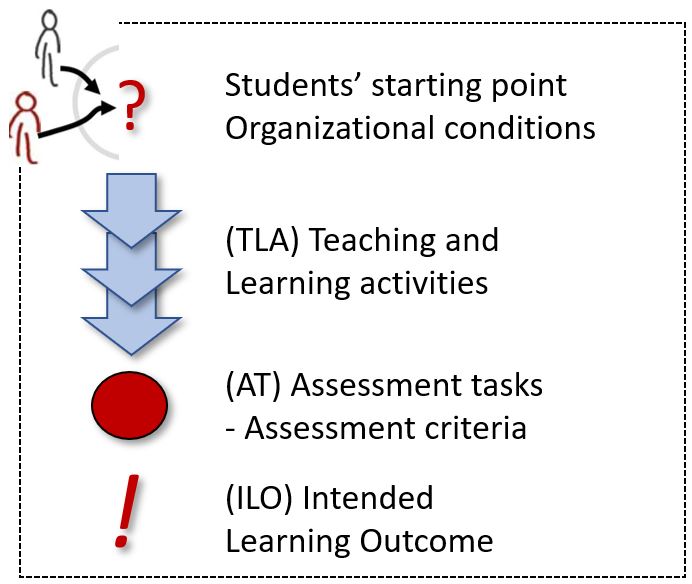
Practical course development: Step by step
But where should I begin when designing a course? In Biggs and Tang’s book there is a short sketch describing course design in practice in a step-by-step approach (p. 100ff), but this is easily overlooked. Here we present how to apply Constructive alignment systematically in course development in a way where each work step is logically based on the previous:
1. Start with the course objectives (ILO)
What should students learn and what level of knowledge and skills should they achieve?
We use descriptive verbs such as know, account for, compare, combine. The most common model for describing levels of knowledge and skills is Bloom’s taxonomy in different versions, but there are more such models, e. g. the SOLO model (Biggs & Tang, 2011).
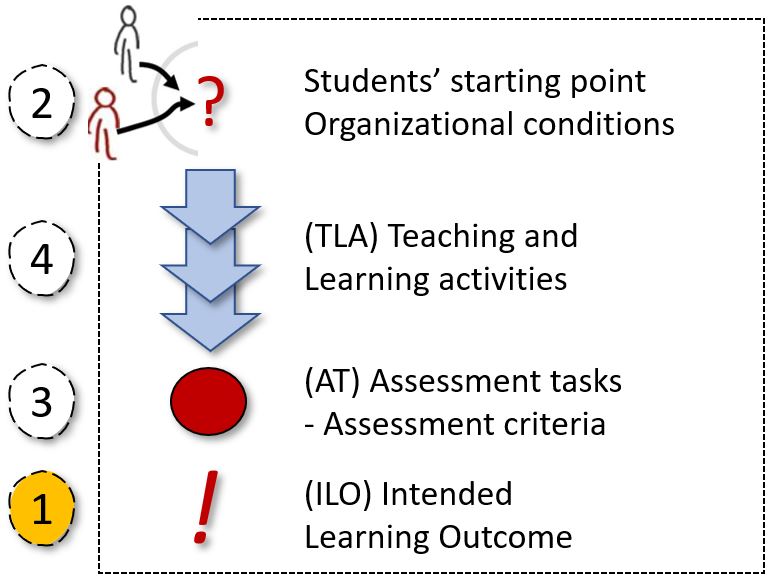
2. The external preconditions?
Who are the students?
Previous knowledge, study experience, their short- and long-term goals with the course?
Organizational conditions?
How large is the student group? Campus/distance? Pace of study? The course’s purpose in the study program? Any ongoing parallel courses? Available rooms, equipment, etc.?
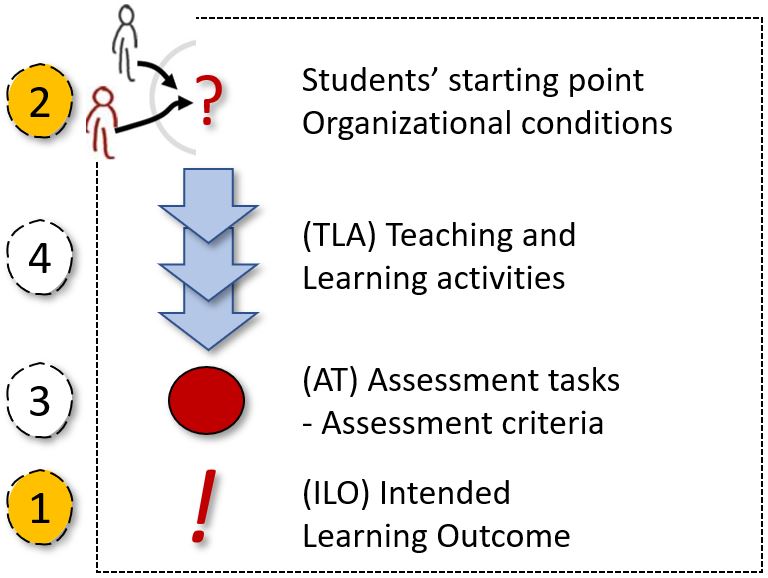
The course design must always be adapted to the current student group and accommodated within the organizational framework.
The first two steps thus frame the course: Students’ starting point and external conditions in one end, and end goals in the other end.
3. How should we measure if the student has reached the goal? (AT)
The third step is about concretizing the final goal: How should we and the students know that we have succeeded in reaching the Intended Learning Outcome?
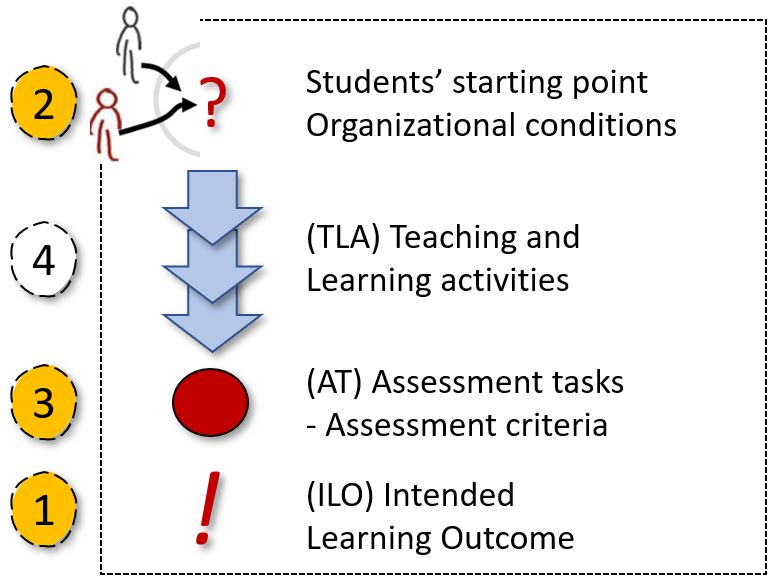
Assessment task
Behind the ILO’s is of course a notion of a context in which the intended knowledge should be used, that is to say what makes the ILO’s meaningful. Design a task (or several) that demonstrates that the student can use the knowledge in this way. In order to be relevant as a goal for the students, the task must be described to them in a way that enables them to self-monitor their progress towards being able able to succeed with it.
Assessment criteria
Also describe the criteria that will be used to determine whether the student has reached the objectives or not and the criteria for graded reports.
In Biggs and Tang’s book (Chapters 10-12) there are many excellent examples of how to design Assessment Tasks and assessment criteria for different types of course objectives.
4. Design the course’s learning activities (TLA)
Now it’s finally time to draft the course’s learning activities. As the basis, we have the description of course objectives, how these are to be measured, which student group it is and what organizational framework we need to work within. Now it’s time to design the teaching and learning: the work that students need to do to achieve the course objectives.
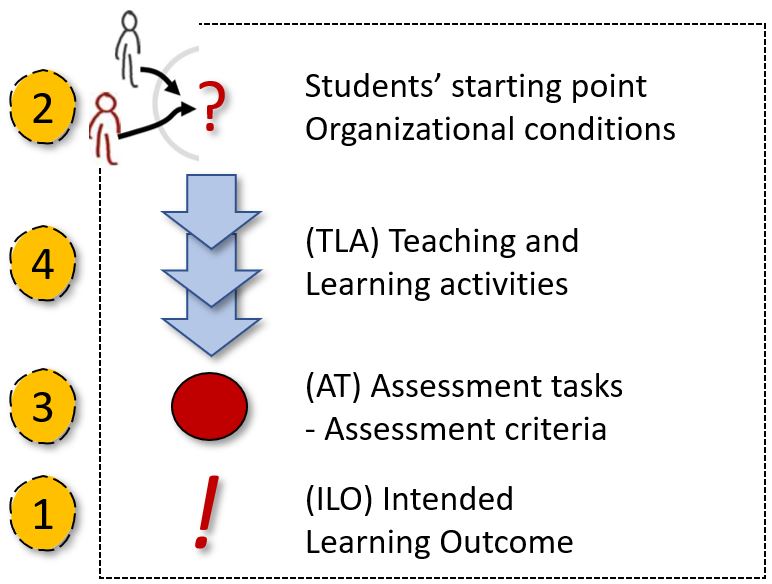
Note that the important thing is what the students need to do, not what the teachers should do. The latter comes as a result of the former. If we ask ourselves the question in the opposite way (“How should we, the teachers, conduct the teaching?”), we easily lose sight of the fact that it is the students’ activity that creates their learning.
The basic pedagogical idea of the course
How do you learn this? What is the basic pedagogical idea applyed in the course design?
Start by deciding which type of TLA should be the basis of the design. Which working methods are best for learning what students are going to learn in this particular course? Is it to work individually or in a group, do a large case assignment or many small independent exercises, carry out study visits, practice skills or read literature, etc.?
Draft the learning activities
Make a sketch where the important activities are described, preferably for the run of the course, e. g. week by week.
5. Detailed planning, course material, etc.
We now have a coherent sketch of the course that describes the students’ prerequisites, the learning activities needed to achieve the course objectives and assessment tasks with assessment criteria.
Now we can specify and produce course materials: Student instructions, teacher instructions, study materials (Literature, videos, etc.), schedule, and so on.
Read more
- Biggs, J. B. (1996). Enhancing teaching through constructive alignment. Higher Education, 32(3), 347–364.
[The article where constructive alignment is first presented.] - Biggs, J. B., & Tang, C. (2011). Teaching for quality learning at university: What the student does. Open University Press.
[The textbook where you learn everything about constructive alignment.] - KAU. (2017). Quality Assurance for First-, Second- and Third-Cycle Education at Karlstad University. (Rektorsbeslut 2/17, 2017-01-11).
[Constructive alignment is the designated model for quality work in teaching at KAU.]
Or watch the movie
Intro to constructive alignment
Martin Kristiansson, civics, KAU (9 min.).
(The film is from 2015 and produced by the then Competence Development Unit)
[The idea behind the model in one go] [NOTE: Swedish only!]
Teaching Teaching & Understanding Understanding
Aarhus University:
– Part 1-2 of 4 (8 min.)
– Part 3 of 4 (6 min.)
– Part 4 of 4 (6 min.)
Particualrly useful about the theoretical background for constructive alignment.]
Constructive alignment and learning outcomes
Phillip Dawson, Monash University, Australia. (31 min.)
[Very straightforward about how to work practically with constructive alignment.]

